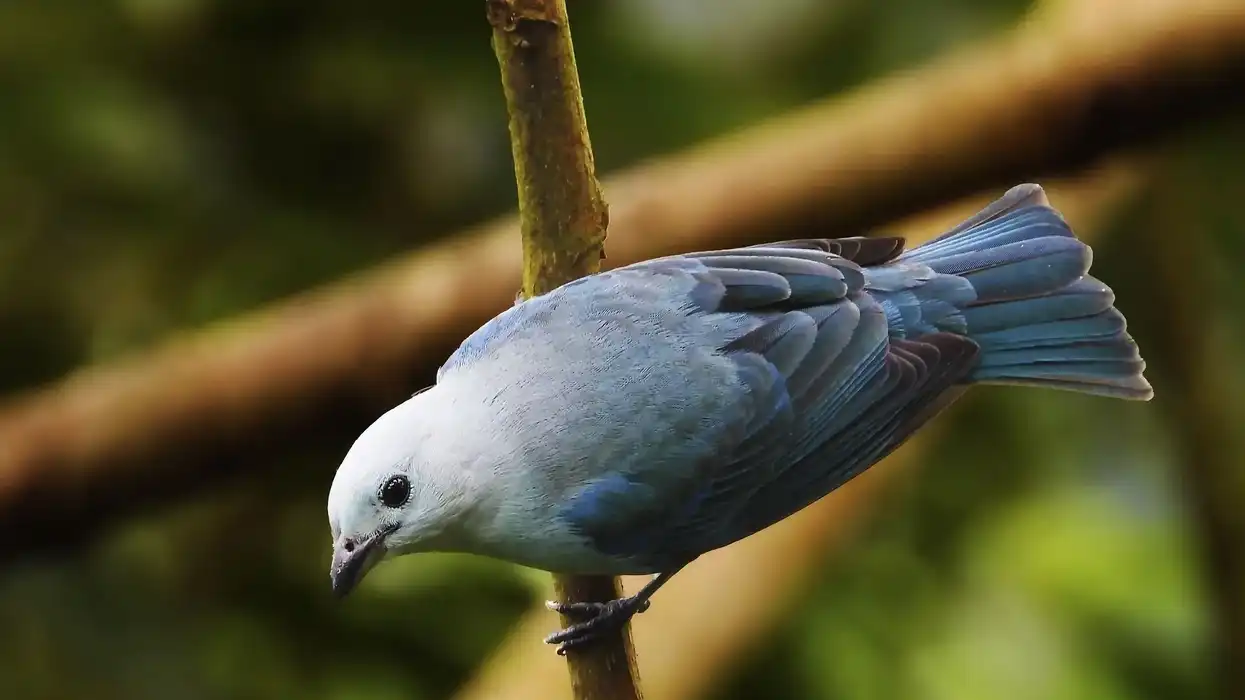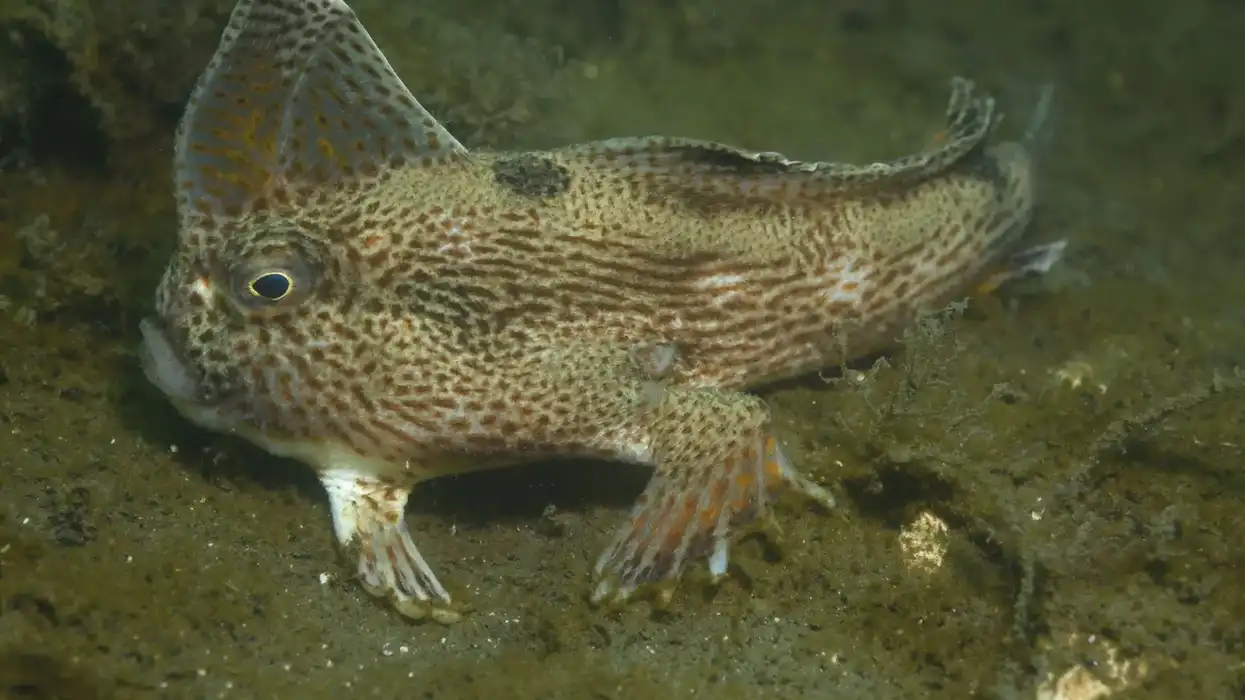Snapper bluefish are found in the Mediterranean and Atlantic oceans, and in other locations around the world. They can live for up to 10 years, but their lifespan is actually usually around five or six years long.
This is due to a lack of food sources in the wild as well as the presence of predators like sharks lurking at all times.
These fish spend their life in a cavernous environment where they must rely on special adaptations to live.
They have developed large eyes that can see through murky water to find prey like shrimp or worms. The mouth of these predators also has lots of sharp teeth for grasping onto their food before eating it whole; they don’t even chew their food first!
There are a lot of myths about snapper bluefish, but this article will clear up the facts! Did you know that they get their name because when caught, they snap and wriggle in an attempt to escape? However, there is no snapping sound actually made by these creatures at all.
These fish can also be found off-coast almost all year-round with peaks occurring between July and October depending on their location (as well as their food availability). They spawn throughout much of North America including Alaska and California.
Snapper bluefish are often a vibrant bluish-green color with dark vertical stripes.
Female snappers tend to be more colorful than males but they can still be found in a range of many different colors, including yellow and brown, and of course blue.
The huge difference between the average male size versus female size makes it easy for fishermen to spot these fish among other species! Snapper blues come from the family Lutjanidae which is one of eight families within the class Actinopterygii of ray-finned fish.
Snapper blues are among the most popular seafood in America and around the world. These fish are very healthy to eat because they contain a lot of omega-3 fatty acids which can help with brain health, heart disease prevention, and boosting your immune system!
For more relatable content, check out these mutton snapper facts and walleye fish facts for kids.
Blue Snapper Fish Interesting Facts
What type of animal is a blue snapper fish?
The blue striped snapper fish is a type of salt-water reef and inshore ocean fish. They are common in the Indo Pacific Ocean and are often found near coral reefs or rocky outcrops at significant depths.
What class of animal does a blue snapper fish belong to?
These fish belong to the class Actinopterygii just like all other fish out there.
How many blue snapper fish are there in the world?
The truth is scientists don't know how big their populations actually are because they haven’t been able to establish any concrete numbers. It can be assumed that there are plenty of these snappers currently in our oceans as their IUCN status is currently Least Concern!
Where does a blue snapper fish live?
This snapper blue fish is typically seen living within a reef habitat that has abundant plant life near. This plant life is needed to provide an ample food supply so these animals are able to grow big and strong, meanings that predators will not be able to catch them as easily.
What is a blue snapper fish's habitat?
It can be found in the Atlantic Ocean, the Indian Ocean, and the Pacific Ocean. They usually reside in coral reefs or lagoons with plentiful vegetation above them, where they feed among other fish species that live there as well.
Who do blue snapper fish live with?
This bluefish can be found in schools of other species such as grouper fish and the Indian mackerel. These snappers are a popular target for fishermen, who catch them using nets or baited hooks on long lines with lure the fish in.
How long does a blue snapper fish live?
They have an average lifespan between 10-20 years which is pretty good for such a small creature!
How do they reproduce?
These bluefish snappers are able to reproduce when they're around one year old. When a female snapper is ready, she will create a nest for her eggs in the sand and defend them from predators.
What is their conservation status?
These blue snapper (Lutjanus kasmira) fish are doing fine for now as their conservation status is Least Concern.
Blue Snapper Fish Fun Facts
What do blue snapper fish look like?
The species has an elongated, compressed body with large eyes at the top of its head so it's able to see more clearly while looking up from below the water. These fish also have thin lips and there are no barbels on their chin.
They have coverings on the edge of each gill which are used for holding prey, including small crustaceans like giant clams and shrimps near their mouth during feeding time.
How cute are they?
This bluefish is extremely cute with its long, slender and colorful body. They're the perfect addition to every aquarium.
How do they communicate?
These bluefish have been known to communicate with each other through a variety of color displays while swimming in the summer. They will often flash red or blue, which can last for 30 minutes at one time before turning light again and remaining that way for an hour!
How big is a blue snapper fish?
The average adult blue snapper length ranges from 5-10 in (12-25 cm). These fish are best caught late at night when there is no light and their eyes shine brightly while swimming, making them easier to spot.
How fast can a blue snapper fish swim?
These snapper blues can swim at speeds of up to 15 mph (20-25 kph) in water.
How much does a blue snapper fish weigh?
This bluefish is a deep-sea bluefish that has an average weight of 30 lb (10-13 kg). This fish dish is very popular in many seafood lovers' diets because it tastes great and also provides many nutrients like omega-3.
What are their male and female names of the species?
Female and male fish of this species do not have separate names. They are commonly referred to as blues or just as snappers!
What would you call a baby blue snapper fish?
They do not have a specific name, so they are just known as baby blue snappers.
What do they eat?
These amazing bluefish eat smaller fish, crabs, shrimps, plankton, and other crustaceans for their diet! They can also fall victim to any sharks around!
Are they poisonous?
No, they are not poisonous or venomous at all.
Would they make a good pet?
These fish make for a lovely, colorful pet. Their blue scales and shades of brown are perfect to brighten up any aquarium!
Did you know...
There are many different opinions on what the best bait for snappers is. Some say that you should use a small silverfish called sand eels while others believe in capturing them with certain types of squid or anchovies.
Are you wondering how to cook a blue snapper (Lutjanus kasmira)? You need to get some salt and pepper, and some flour or breadcrumbs to coat them in. Once coated, in order to start cooking this bluefish all that is required is olive oil in your frying pan. You can then put it on low heat until it's cooked.
Can you eat blue snapper fish?
If you're a seafood lover, then these snappers will be right up your alley. They are delicious and packed with nutrients! The appetizing blue color has been something people have loved about these snappers for many years. They are delicious and relatively easy to catch with bait.
Catching blue snapper fish
To start out, fishermen use nets or hooks, and they also use different bait such as squid guts (which is regarded as the best bait for snapper blue fish by many). This bait is used to lure bluefish from the deep waters where there is less visibility for humans.
Once this happens then special fishing techniques can begin such as zigzagging through schools of bluefish while casting your net or hooking each bluefish individually. This takes patience but often pays off!
Here at Kidadl, we have carefully created lots of interesting family-friendly animal facts for everyone to discover! Learn more about some other fish from our wolffish facts and spiny dogfish facts pages.
You can even occupy yourself at home by coloring in one of our free printable blue snapper fish coloring pages.









